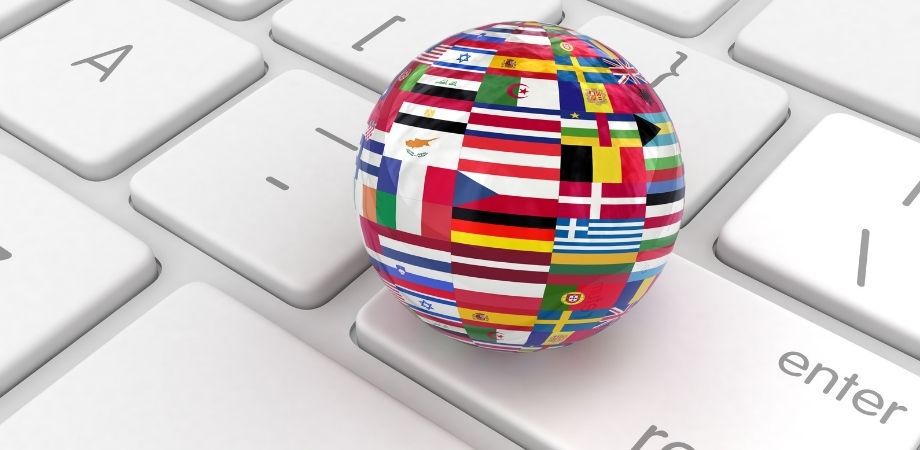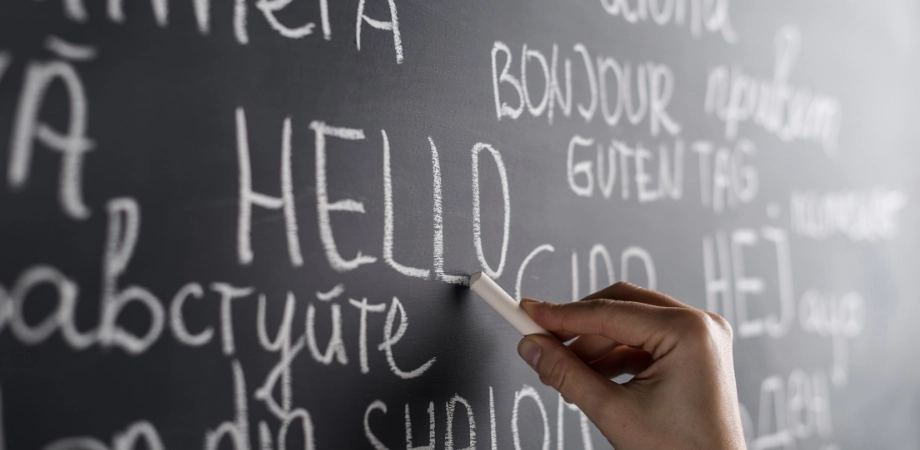Language service providers play a crucial role in facilitating global communication, and as a result, the importance of high-quality translations is steadily increasing. Just like someone unfamiliar with a language attempting to translate is akin to a person with no knowledge of cars attempting to be a mechanic. The importance of quality assurance is a key element in the translation process. Especially when multiple translation options are available, the back-translation method gains significance. Utilized to guarantee the accurate representation of cultural nuances in the target language, this method is employed due to the inherent complexity of the translation process. The necessity for translation services becomes unavoidable considering these intricacies. In the upcoming sections, we will explore the concept of back-translation, its intended users, and the significance it holds. Additionally, it will detail how this method can enhance translation accuracy and localization.
What is Back Translation?
Back-translation is a translation quality control method that involves translating a translation back into the original language and comparing the resulting text for any differences in meaning. This method is utilized to identify potential gaps in the translation process, accurately portray content, and assess the meaning of the translated text.
Back-translation often provides translators with an opportunity to review the creative liberties taken to adapt content to their respective markets. Nevertheless, this procedure deviates from a standard translation, given that the initiation point is the translation itself rather than the source text. The objective of this method is to identify potential variations in meaning through a comparison with the original text.
This translation quality control process consists of a three-stage procedure. Firstly, a linguist translates the text back into the original language. Subsequently, this translation is compared with the original text, and any differences in meaning are documented. Finally, a reconciliation process takes place to decide on the optimal final translation. This translation serves as an essential tool in the translation process, addressing its complexity and ensuring accurate reflection of content.
The 3-Step Back Translation Method

Back-translation involves an independent translator translating the translated content back into the original language. In this process, a word-for-word translation is done to preserve accuracy. Due to the difficulty of achieving 100% similarity in language nuances, this method helps detect errors and strengthen cultural context. The purpose of this process is to correct errors in the translation process and consists of three fundamental steps.
1: Translation
The initial stage involves the translation of the original document from the source language to the target language, typically conducted by a skilled translator proficient in both languages and well-versed in the subject matter of the text.
2: Back Translation
Subsequently, the translated document undergoes this translation into the original language. This process is also executed by a translator fluent in both languages, possessing expertise in the text’s subject matter, and distinct from the initial translator.
3: Comparison & Reconciliation
In the concluding step, a comparison between the original document and the back-translated version is conducted to identify any inconsistencies or errors. Additionally, this step involves reconciling meaningful differences between the translated texts and the source text.
Why is Back Translation Important?
Back-translation is one of the blind tests used to assess the quality of a translation project. This method helps identify errors and inconsistencies between the translated materials and the original text. This method is important for various reasons, including accuracy, consistency, preservation of cultural meaning, open audit trail, and quality assurance.
Accuracy ensures the preservation of the purpose and meaning of the translation. Consistency ensures alignment with the style, tone, and message of the original text. Preserving cultural meaning ensures that the translated text accurately reflects its cultural context. Additionally, this method contributes to documenting the quality control process and future improvements in the translation process.
The Best Types of Back Translated Content

Generic content, such as blog posts, usually does not need back-translation because translators retain the original message by making changes to suit the cultural context of the language. However, in high-risk industries, especially in areas such as medicine, law, finance, and manufacturing, back translation can be important. Regulations, ethics committees, and institutional review boards in these sectors may require back translation to be part of the translation process.
The back-translation of specific content in these sectors is of critical importance. In medical fields, accurate and reliable translation of high-risk content such as clinical trials, medical devices, clinical experiments, and approval forms is essential. The translation of legal documents, contracts, and lawsuit files is critical for ensuring legal accuracy. Accurate translation of financial documents ensures reliability in areas like financial reporting and performance. For production or product-focused content, accuracy and semantic integrity are crucial for materials like usage instructions, safety guides, and import/export documents.
Limitations of the Back Translation Method
Back-translation is a method commonly used for crucial documents in legal, medical, or cross-cultural research; however, this approach, which includes linguistic quality assurance, has certain limitations. This comprehensive process involves a detailed translation revision, making it relatively expensive. Considering the time required for the completion of two independent translations and the subsequent assessment and reconciliation, these translations take longer than the standard translation process or machine translation. Therefore, if translation projects have tight deadlines, this method may not be feasible.



